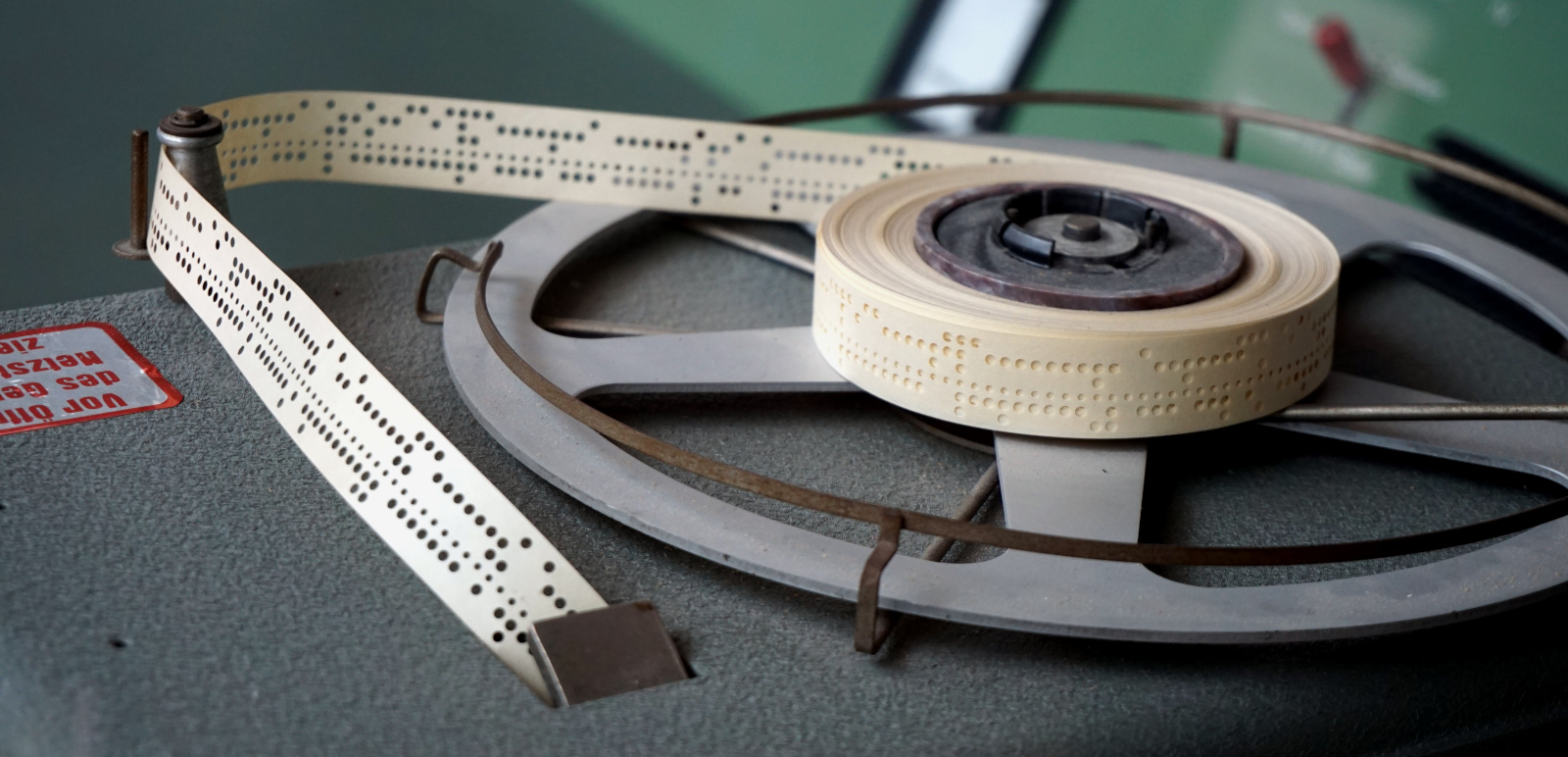Ready-Made Installation Images
If you’ve built the stand-alone variant or QL add-on (see build section), either with a RaspberryPi Zero W (version 1 or 2) or a BananaPi M2 Zero, then there’s an easy way to set up OqtaDrive. You can use a ready-made image that performs an automatic setup on first boot. For details see here for RaspberryPi and here for BananaPi. There’s also an installation image for the Linino One variant, with details here.
Installation Script
In the hack folder of the project, there’s a Makefile that can perform all necessary installation steps. Currently, this only supports installation on Linux. For more details, have a look at the install guide. I highly recommend using the installer, since it’s easy to make mistakes when doing the installation manually. But above all, it can also upgrade an existing installation. So it’s easy to stay up to date with the latest releases. Run make without any options for detailed info about what the installer can do, and what settings you can make. If using the installer is really not an option, refer to the following steps.
Adapter Firmware
The OqtaDrive firmware needs to be flashed onto the Arduino. For this you can use for example the Arduino IDE, or if you’re comfortable working with the command line, the arduino-cli. You find released versions of the firmware on the release page, and the latest unreleased version here.
OqtaDrive Daemon & Control Command
There is a single binary oqtactl. It can be run as the daemon to take care of everything that needs to be done on the daemon host side. It can also be run as a command to control the daemon, on the same host or over the network. The release page has oqtactl binaries for Linux, MacOS and Windows, available for different architectures. Download, extract, and copy the appropriate binary onto the daemon host and any other system from which you want to use it.
Daemon as systemd Service (optional)
If you want to automatically start the daemon whenever the daemon host boots, you can enable it as a systemd service. This of course only works if the Linux system is using systemd as its init system, which is the case with Raspberry Pi OS on the Pi. Create the following unit file, e.g. in /etc/systemd/system/oqtadrive.service (as root), adjusting the place holders for user and serial port accordingly:
[Unit]
Description=OqtaDrive Daemon
After=local-fs.target sysinit.target
[Service]
#Environment=LOG_LEVEL=debug OQTADRIVE_ADDRESS=oqtadrive-box:8080
ExecStart=/home/{user}/oqtactl serve -d {serial port to use} {extra arguments, if needed}
WorkingDirectory=/home/{user}
StandardOutput=inherit
StandardError=inherit
Restart=always
User=someone
[Install]
WantedBy=multi-user.target
If you want to set environment variables, for example to set debug log level, uncomment the Environment line and add variables as required. The list is space separated. Assignments that include space characters therefore need to be placed in double quotes. To finally activate the service, run:
sudo systemctl enable oqtadrive.service
sudo systemctl start oqtadrive.service
You can check on the status of the service with:
systemctl status oqtadrive.service
Logs can be retrieved with:
sudo journalctl -u oqtadrive
Whenever you change the unit file, do this to activate the changes:
sudo systemctl daemon-reload
sudo systemctl restart oqtadrive.service
Web UI
The OqtaDrive web UI is served by the daemon. If you want to enable it, extract the content of the ui.zip archive from the release page into the same directory where the oqtactl binary is located on the daemon host. When the daemon starts, it will pick up the UI resources and start serving the web UI on port 8888 by default. Have a look at oqtactl serve --help on how to change that.
 OqtaDrive
OqtaDrive
